Feb-2017
Preparing for running 8 successive days
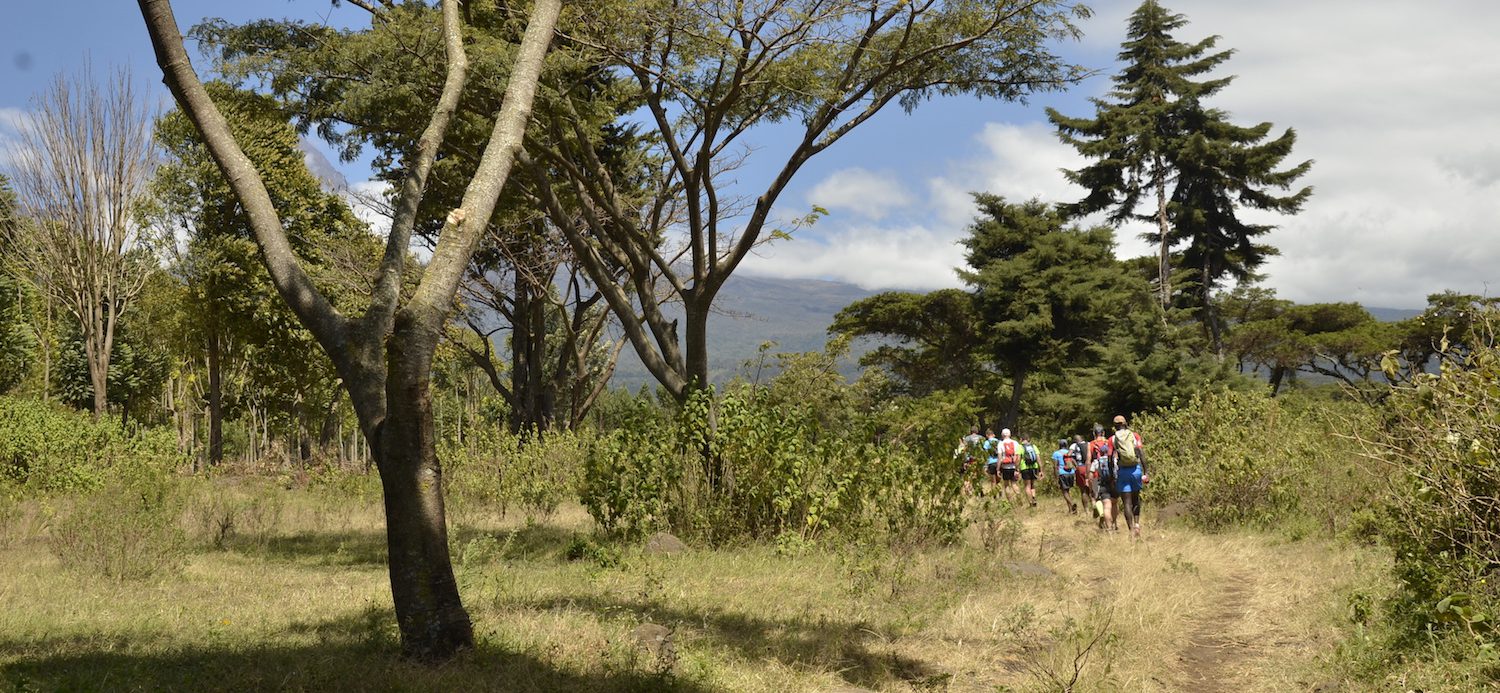 As you know, the Kilimanjaro Stage Run is a multiday run offering the opportunity to run 260km in 8 days, or stages, completely around Mount Kilimanjaro.
As you know, the Kilimanjaro Stage Run is a multiday run offering the opportunity to run 260km in 8 days, or stages, completely around Mount Kilimanjaro.
Stage running is an ultra, but it requires a different set of training and racing skills than a single day ultrarun, regardless of length. For a stage run, one must teach the body to recover quickly and prepare itself for consecutive long days of running.
Strategically, one doesn’t prepare for a multi-day run like one does for a long one-day run. A runner has to choose his running intensity depending on the length of time, on his personal resources and on the environment. Although the Kilimanjaro Stage Run is not strictly a race, we use “race” terminology below since that is the way most participants think of a multi-day.
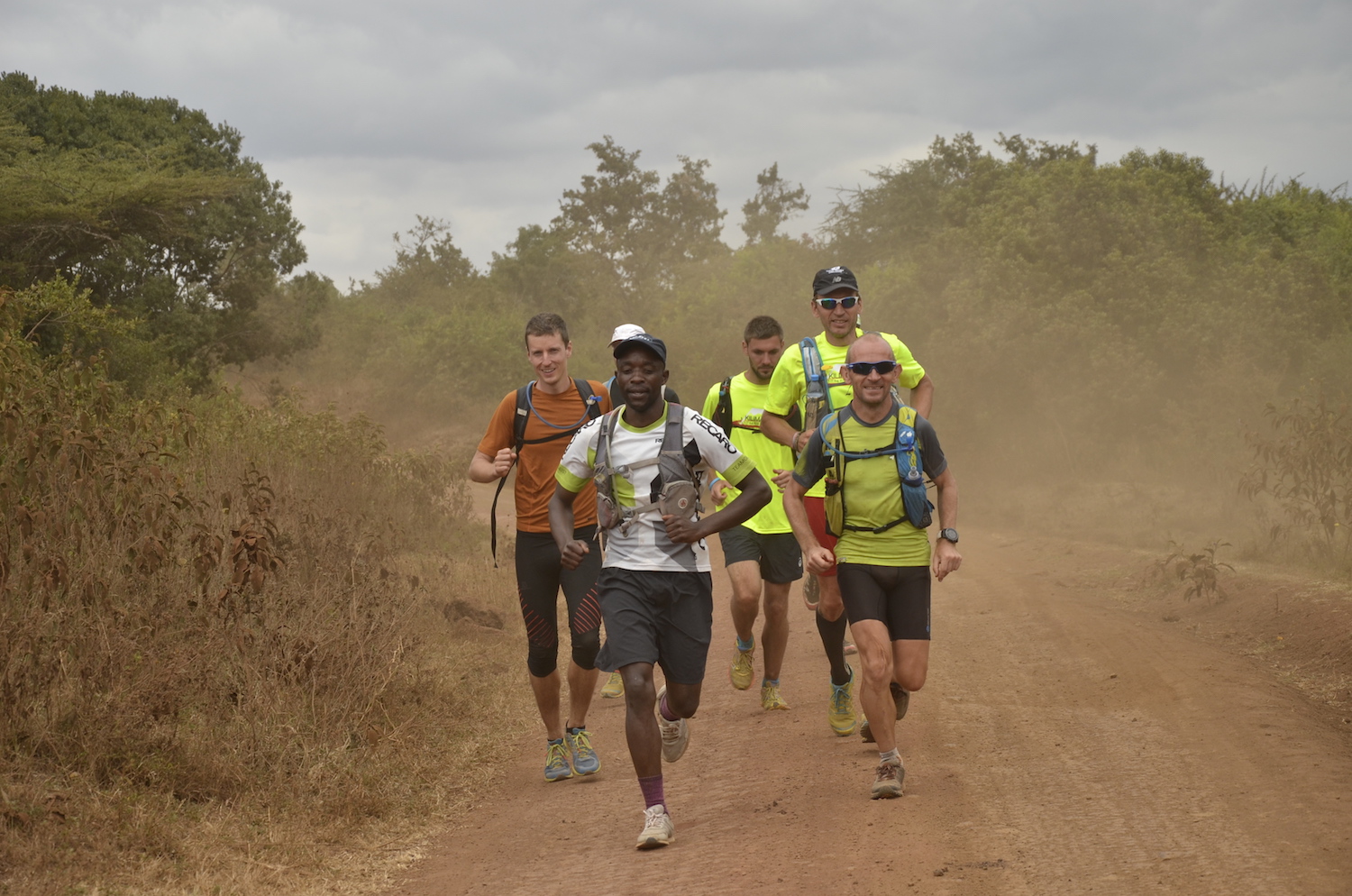 During your training, you need to practice race-day pacing frequently to improve your internal sense of effort so that you can sustain the same level of intensity for many days. Ryan Sandes describes how your body and psyche mighty act during a multi-day run, based on his experience during his first multi-day stage race: “Day one is easy as you start with fresh legs; days two and three are hardest as you wake up sore and mentally you know you are not even halfway; come day four my body starts to adapt; and the long stage on day five is all mental – waking up with sore legs and then running 80km takes quite a bit of psychological strength. It’s about staying focused and getting through one stage at a time.”
During your training, you need to practice race-day pacing frequently to improve your internal sense of effort so that you can sustain the same level of intensity for many days. Ryan Sandes describes how your body and psyche mighty act during a multi-day run, based on his experience during his first multi-day stage race: “Day one is easy as you start with fresh legs; days two and three are hardest as you wake up sore and mentally you know you are not even halfway; come day four my body starts to adapt; and the long stage on day five is all mental – waking up with sore legs and then running 80km takes quite a bit of psychological strength. It’s about staying focused and getting through one stage at a time.”
It’s also critical to consider the running terrain and plan a strategy that plays to your strengths. Each day’s stage will vary in terrain, surface, and distance. During your training, you need to determine your running strengths and weaknesses. Are you a better climber, downhiller, or flat runner? Are you more comfortable on technical terrain or smooth surfaces? Do you prefer to keep a consistent pace, or vary your speed according to conditions and your condition? Armed with this self-knowledge, you can study the route to determine which sections play to your strengths. While you may not know the details of each section, you can learn a lot by examining the route profile, each day’s description, and the photographic evidence from past runs.
In addition to knowing the terrain, one must also train and run conscious of the local environment and weather. Over several days you will undoubtedly experience different conditions. Review the weather descriptions we offer about the KSR along with other meteorological reports. This knowledge helps you can have the correct range of gear so that you can run comfortably every day.
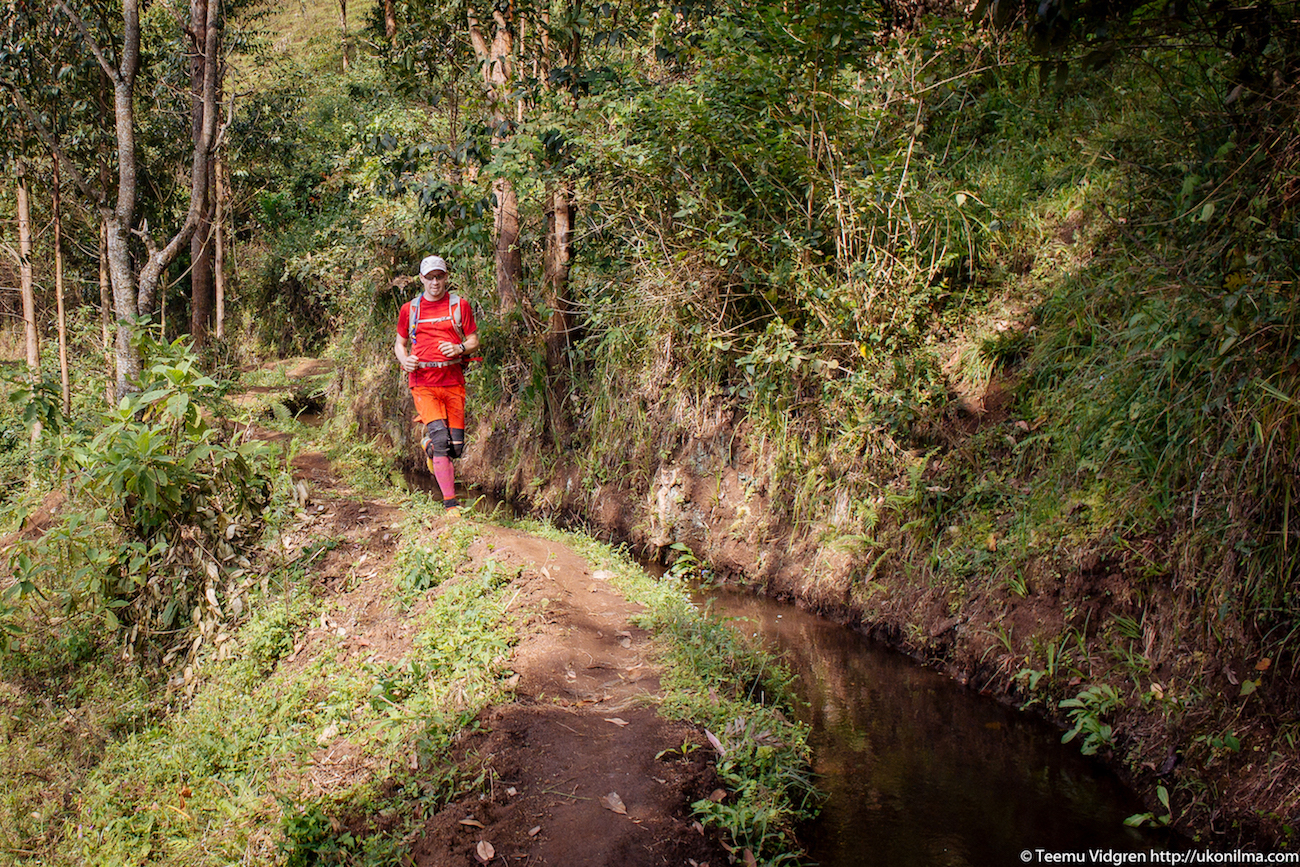
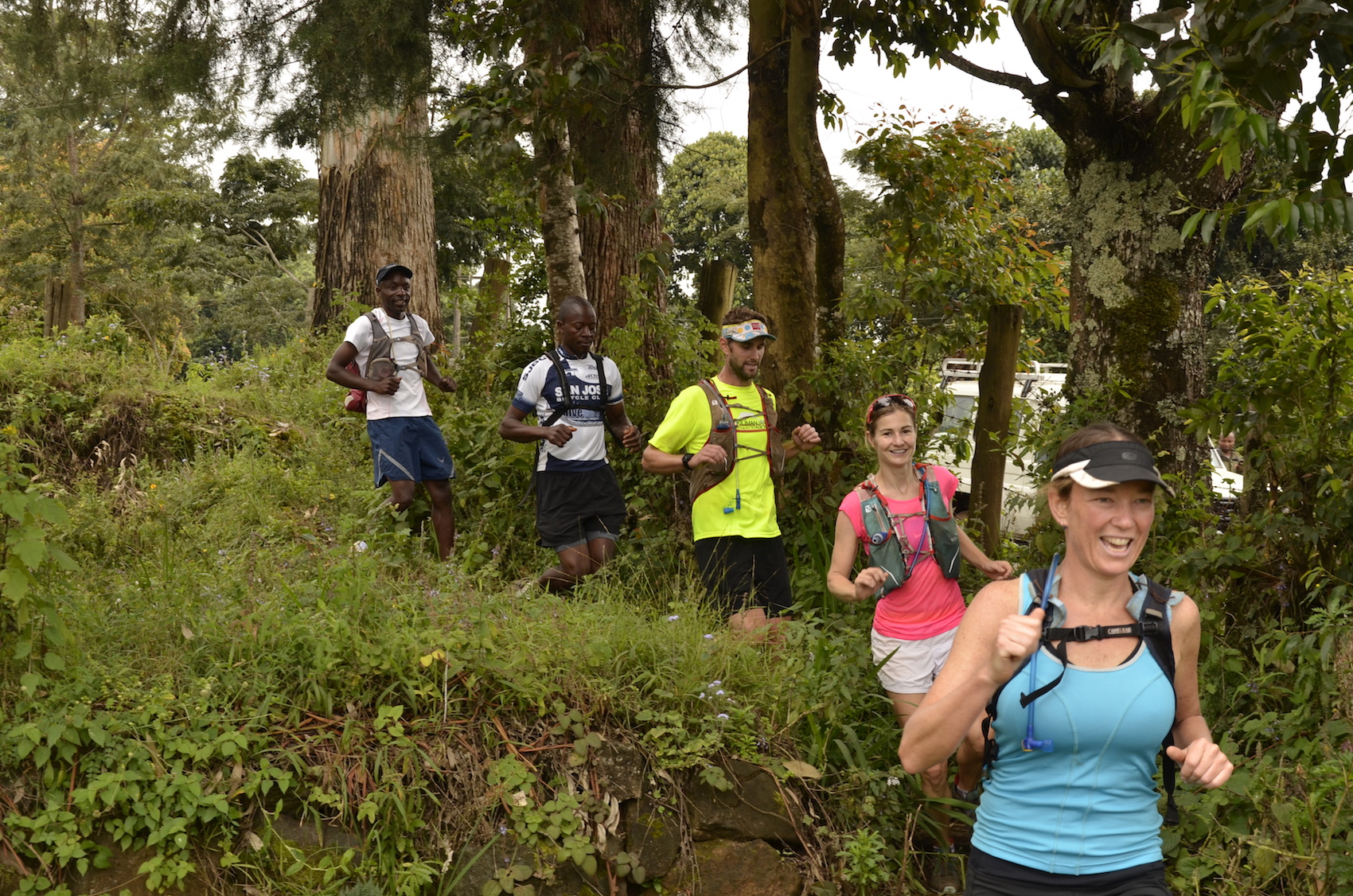
Finally, develop a multi-day mindset – envisioning this multi-day run in advance and acknowledging the fatigue that builds up over the days. You should train your body to take advantage of rest, sleep, refueling, and rehydration to sustain another hard effort on each successive day. And during the run, an open mind will help you to be prepared to make adjustments in your running strategy as changes occur.
And above all, during the run focus on the positive aspects of the event. Consider the Kilimanjaro Stage Run as an adventure – savor the experience and have fun!
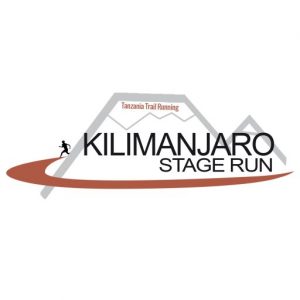
comment this post